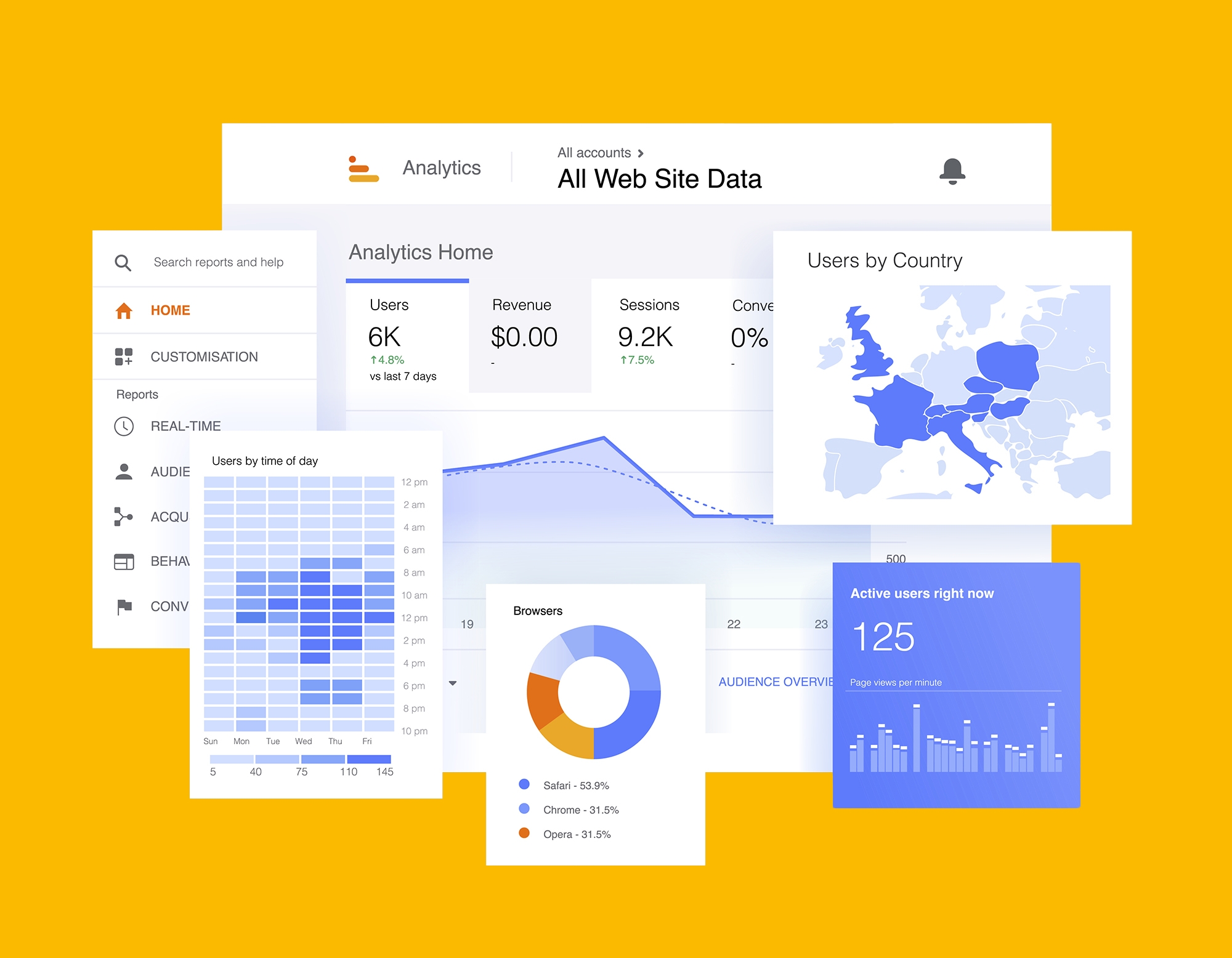A consistent trend across websites since Google really ramped up AI Overviews back in March and April is that impressions have either remained steady or even increased, but clicks have dropped. The good news is that Google AI Overviews are really only taking the top-of-funnel searches, those longer information-seeking questions from people doing their first or second-tier research into a topic. This inevitably leads to a drop in non-brand search clicks as those initial questions the user has are answered right there in the search results.
Where the benefit to you, a website owner, comes in is two different aspects of the new user behaviour: Citations and secondary searches.
Citations
AI Overviews in Google search results, as well as many chatbots, use citations to “show their work”. Rather than leaving you to have to take their word for what they’re telling you, they show where they got their information from. These are, appropriately enough, referred to as citations.
A citation from your website appearing next to a helpful AI Overview may encourage an already engaged user to follow up by looking for more detailed information on your website. If the customer journey is short enough (low friction, very attractive price point, strong benefits), this can even result in a conversion there and then.
More often, whether that citation results in a click or not, you are left with a user who associates your name with the answer to their question.
The downside here is that prior to the launch of AI Overviews, this would have resulted in a click to your website. You’re now denied the ability to include that user in custom audiences for guiding your paid ads. Google still understands that user’s interests and will use this for their own automated ads targeting algorithms.
Secondary Searches
With the user’s initial questions answered faster than ever before thanks to AI Overviews, we’re now seeing those users rapidly progress through the user journey much quicker. This leads to longer-tail, more precise questions. Again, a click may be discouraged by another AI Overview, but your potential customer is being propelled through the marketing funnel at speed, which should find then on your website making a conversion action sooner rather than later. You just don’t get to see their progress.
So SEO Isn’t Dead?
SEO is changing, it’s not dead. Doomsayers have proclaimed SEO to be dead many times before; when Google released Panda, when Apple launched Siri, when smartphones were moving away from browsers to apps, every other Google Core Update, and now AI Overviews and chatbots.
The landscape changes and SEO strategies have to change to accommodate, or you realise that the landscape hasn’t actually changed all that much and the existing strategy is still sound. AI in search and chatbots certainly is a significant change to the landscape and one that does require us to re-evaluate both our strategies and our expectations.
We have to be able to look past direct data. As we mentioned in a recent blog, there are many factors that get in the way of accurate analytics data. Much of the observable user journey that we previously had is now completely obscured. We can’t see what search terms we’re getting AI Overview citations for (at the moment), so the only metrics we can measure are those we would use to monitor brand uplift.
SEO in 2025
The core of SEO today is the same as it has been for a long time; serve information valuable to your users, make your website easy to use and navigate, and make it in a way Google can comprehend. How we measure success is changing, though. We might have position one ranking for your core keywords, but you may still see your organic non-brand traffic drop.
Make sure your content is well-written, unique, useful, accurate, and authoritative. Google’s E-E-A-T is still the goal and still the best way to grow your visibility in organic search.
Backlinks and brand mentions are vital, especially for building brand awareness.
Site structure is important; your valuable content being buried multiple layers deep in your navigation doesn’t help.
Page structure is vital to ensure that AI can comprehend your content, sensible headings, bullet list summaries, unambiguous conclusions, and plain language wherever possible leads to both AI and your end users having a much easier time.



